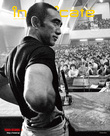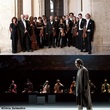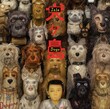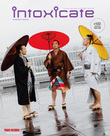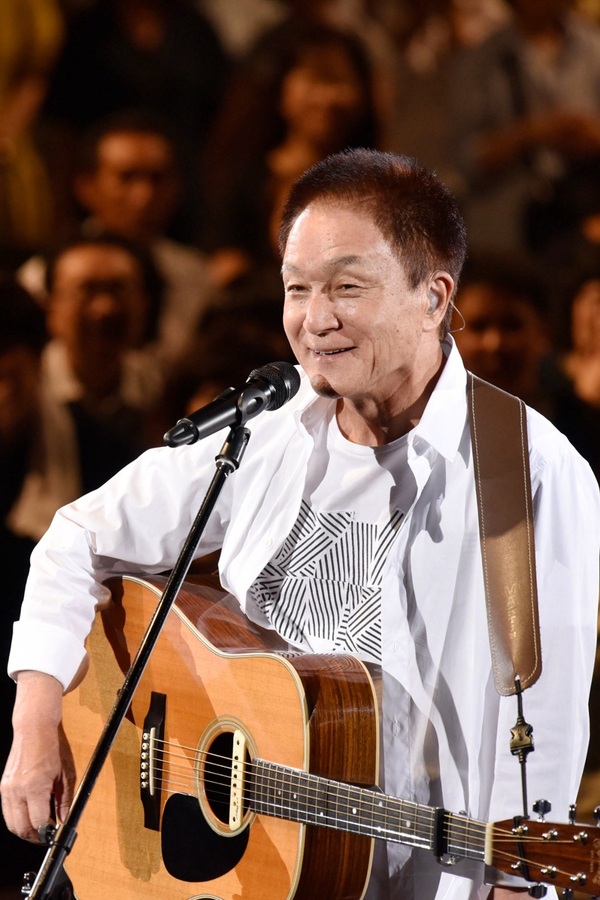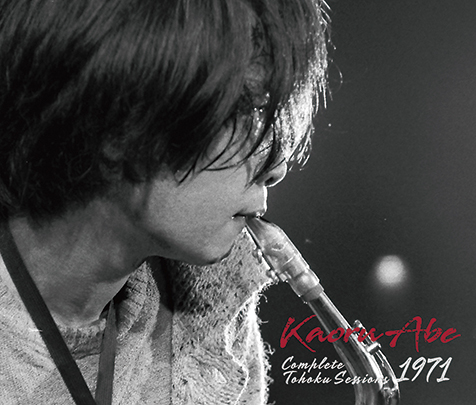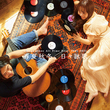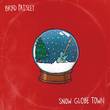A World Premier Concert in Paris,
First Opera of Alexandre Desplat’s Silence - Based on Yasunari Kwabata’s Same Title Short Story
Text in Japanese: Yuki Kakiichi
Alexandre Desplat is a well known film composer with his delicate touches and witty remarks on his film scores from Girl with a Pearl Earing to two recent Academy Awards winning ones, The Grand Budapest Hotel, and The Shape of Water. His first opera Silence was premiered at Grand Théâtre, Luxembourg
(Feb. 26, 27) and Théâtre des Bouffes du Nord, Paris (Mar. 2, 3) , and gathered attention from the world.
His list of whole compositions has a few works as a piece for solo flute and a concerto for flute and orchestra which exclude film or theater related works, but no vocal composition at all, up until this opera. He avoids the vocal style with vibrato, and exaggerate operatic expression of romantic style. The idea of chamber ensemble comprised of one for each of soprano, baritone, and narrator, and 10 for instrumentalists enables him to realize subtle and nuanced orchestration for this opera.
The script is based on the Silence, a short story by Yasunari Kawabata. It was chosen because of its detached and phantasmagoric aspect. The violinist, Solrey (=Dominique Lemonnier) who has been Desplat’s partner both in business and private, is the co-writer of the script. She is the director of dramatic interpretations, acting plans, and also the images on the video. An accident occurred in the story that a novelist lost his ability to write due to the stroke, overlaps the real one of Solrey's, that the aftereffect of her brain surgery disabled her to move her left fingers as well as she could before. So, in this Opera, the question, how the artists who lost their own expression means could survive, is raised by Desplat and her. Intentionally, this question remains unanswered throughout the performance. The words and thoughts distracted between the real and fiction, or illusion as in dreams, successfully bring impacts on the drama.
His instrumentation of the opera is partially tinged with Japanese traditional music , having such intakes from “gagaku” as the orchestration by the threes of same instruments (3 flutes / 3 clarinets / String Trio / Percussion), its opening sound evoking Netori ( collective voicing or tuning ), the scene with booze having hichiriki tone by piccolo, tone of plucking Koto by pizzicato of strings, pentatonic scales of Japanese traditional music, and unisons of instrumentals and vocals. But there you will find the composer’s signature sound surfacing subtle nuances, in the mixtures of different soundscapes over the echoes of modal and minimal music manners. Two notes motif of descending minor third, played several times repetitively, left me a strong impression by its emptiness, referring to unsettled moments in the script. Another impressive finding was that prerecorded footage of Solrey’s violin, which signifies the “ghost” to describe the writer as a living ghost, or a female getting on the taxi as the one.
Vocal melodies remind me of those of Debussy’s, or Poulenc’s, which keep clear articulations of French. Vocals cut as much vibrato as possible, simple vocal style without any ornamentations, these intentionally conceived expressions for the voice fit well into those of Kawabata’s text.






